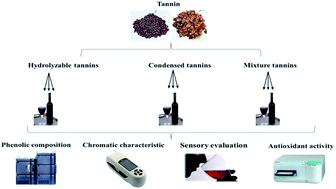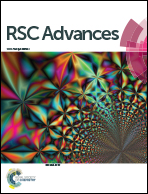Effect of tannin addition on chromatic characteristics, sensory qualities and antioxidant activities of red wines
Abstract
Tannin addition as an enological practice has been widely used in the winemaking process because of their ability of improving the aroma and sensory characteristics and stabilizing of color of red wine. In this study, hydrolysable, condensed tannins and their mixtures in different ratios were added into two Merlot wines to investigate their effect on the wine overall quality. The contents of 15 phenolic compounds were detected by HPLC-DAD, CIELAB color parameters were measured using a chromatic aberration meter, sensory evaluation was accomplished using the assessment standards established by the American Wine Association, and antioxidant activities were analyzed using DPPH and ABTS radical tests. The results indicated that adding tannins affected phenolic composition, contents and color of wine. The specific effects varied by tannins. Furthermore, tannin addition, especially the mixed tannins, improved the sensory qualities and antioxidant activities greatly. The mixed tannins added with a ratio of 1 : 1 between hydrolyzable and condensed tannins exhibited a better effect on both sensory qualities and antioxidant activities, and it could be recommended as an ideal tannin addition for wine quality improvement.



 Please wait while we load your content...
Please wait while we load your content...